My nephew Giovanni started talking. My father was the one to tell me that, yesterday at the telephone. That call made me feel very far: he was laughing on our terrace in Venice and I’m quite sure that, if I tried, I would have been able to hear the swallow’s flight from the other side of the receiver. From my little balcony in Elsenstrasse you see a yellow crane and a construction site. Crane in German is “Kran”.
Before leaving Italy I thought hard which boxes to take with me. I was sure that one day I would have needed a sweater rather than another. I thought: “My life is two suitcases and seven boxes” “ My life are twelve and three” “ His, two and one” “I have a bag full of photos and a moka pot filled with sadness”. My feeling of belonging and my inevitable recognition with the objects around me, clashed with my desire to feel untied and cut my roots. On the other hand, changing country and meeting a new culture strengthened my roots.
We are more than 500 thousand. We have deep and faraway roots. We have desires and we wish to see our hopes bloom.


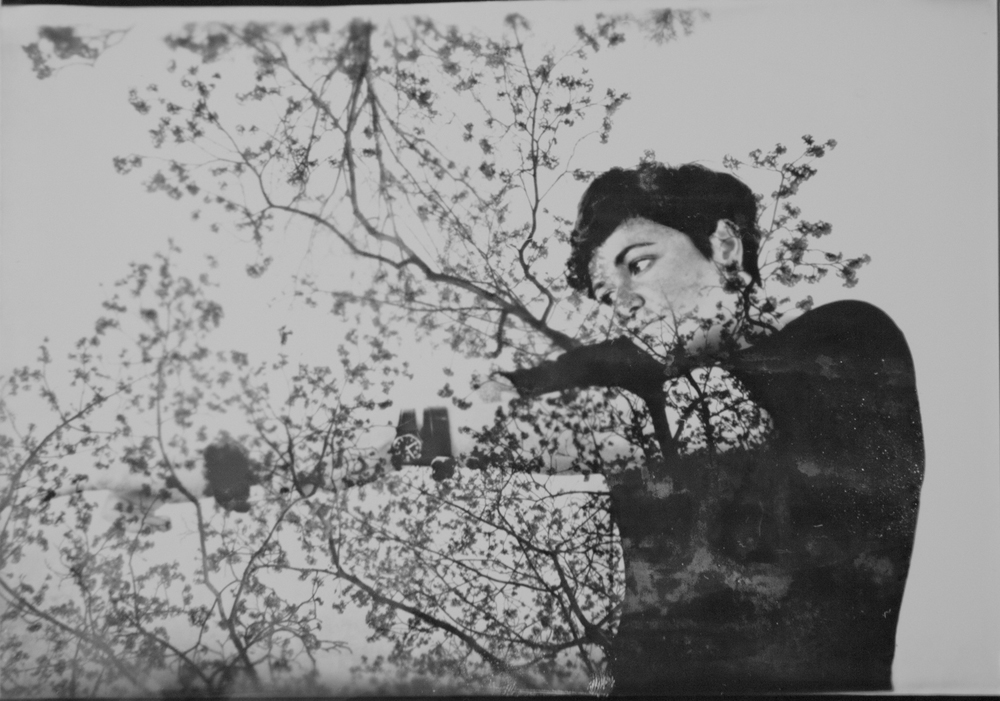

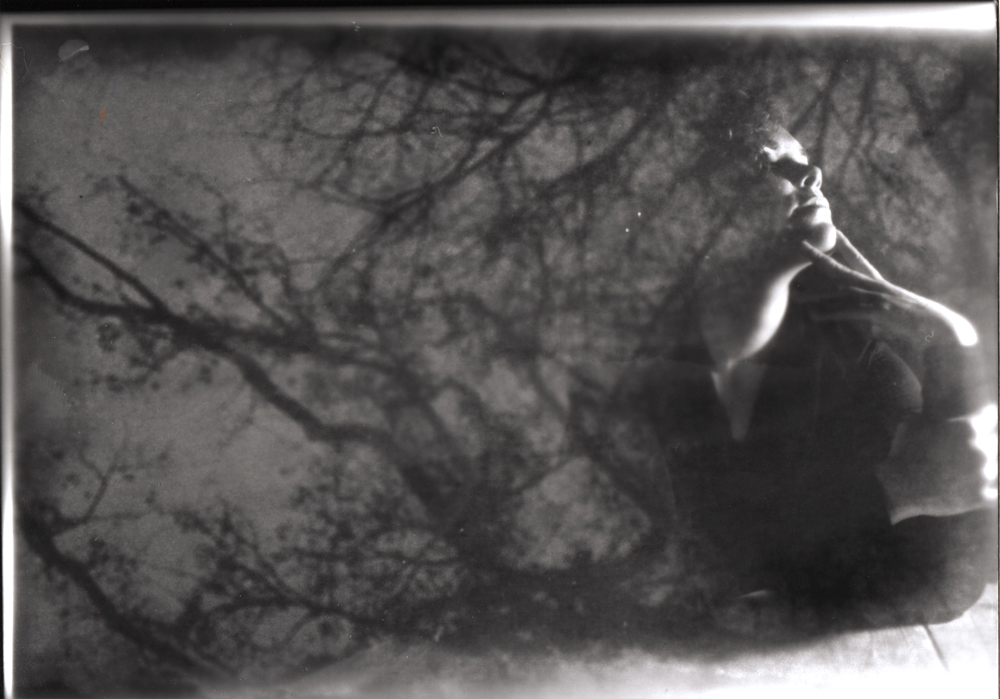


Ramificazioni, is a project I worked on for a long time. It binds photography to my studies in anthropology and starts from a strong reflection on my condition as an emigrant: starting from my personal experience I looked for a way to give form to the feelings that influenced my last two years in Berlin. The migration dynamics of a Europe without borders are not fundamentally very different from those of the previous century: there are the same dreams of luck and prosperity, the same desire for a better life and a longing for what has been left behind that -it is known- is exacerbated with time. The work consists of 13 photos and is accompanied by a soundtrack in which the voices of the photographed subjects overlap each other: problems of pronunciation and inflections language can be composed to create a forest of voices.
My roots are strong but I flow like a river. I have deep and grounded bases but I make my best to adapt myself to the change of time. Like water does, our lives run, fill up and overflow the river banks. Our lives are fluid, are woven together, they merge and then tear apart. In Novembre 2015, after the terrorist attack at the Bataclan I felt the need to undertake a journey to Paris to see, to understand the sorrow. Then, for the first time after the death of my grandfather, I returned to Rome, the city he loved the most. For the first time I understood these two cities. Humans shape symbolically the landscape, conferring to it a series of dense cultural meanings: the landscape is the product of the synthesis between a natural data and a sensorial faculty (Ligi 2009, p. 49-50; Tuan 1979).
Combing my anthropological studies and my photographic research, I tried to understand the influence of myth on the landscape: how a myth represents the landscape, which meaning does it confer to it and how it transforms it into something lively and familiar (Malinowski 1973).

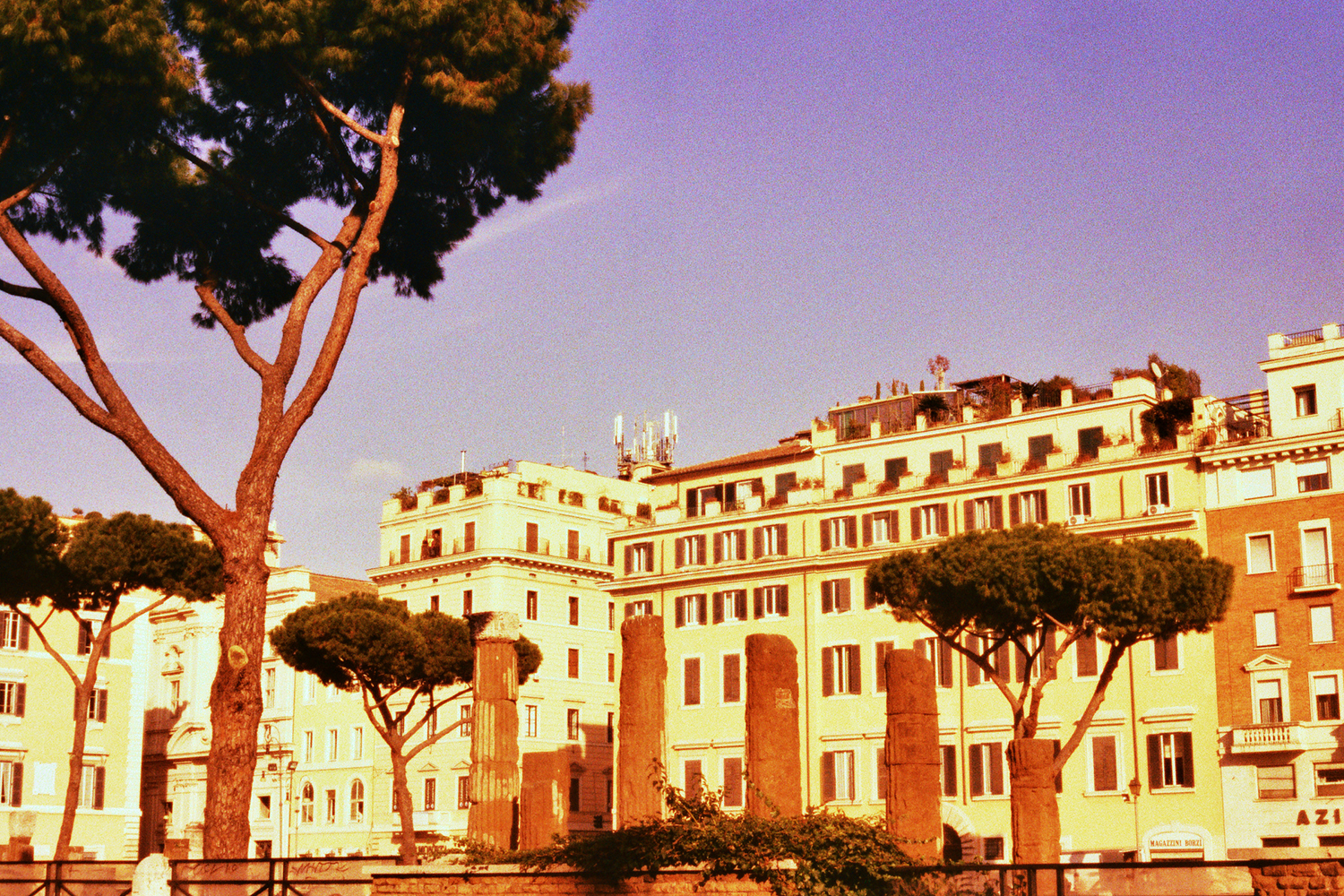
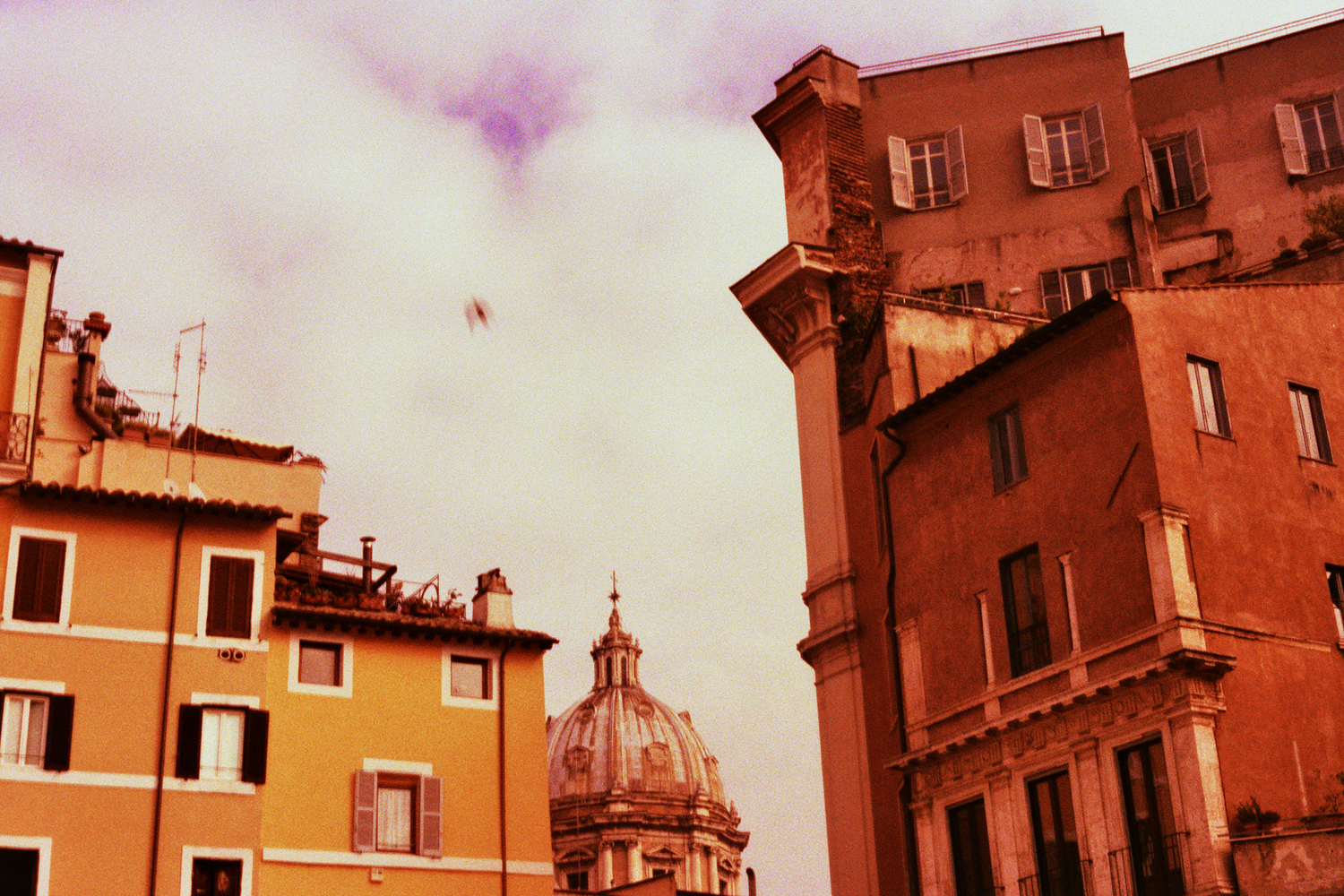

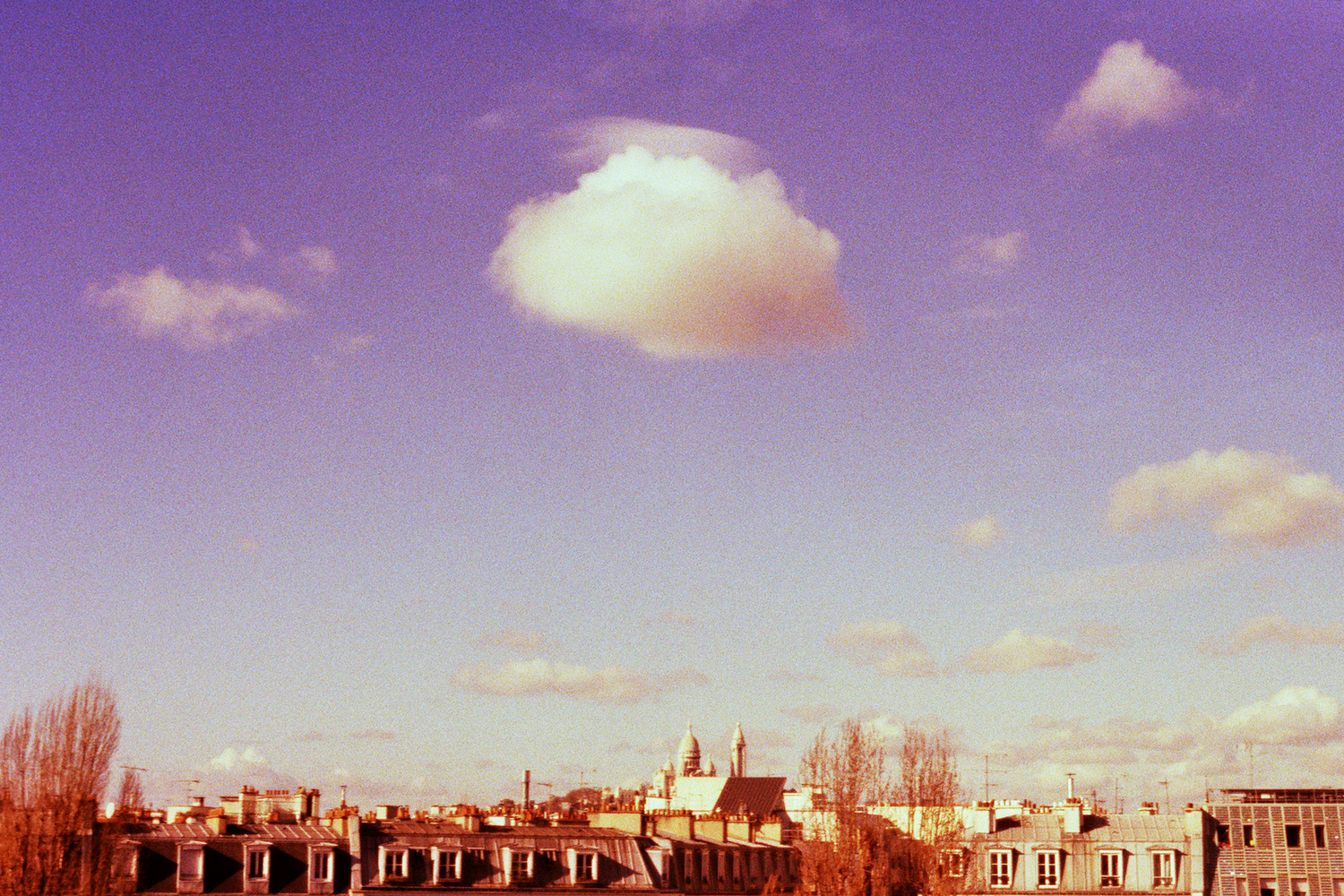
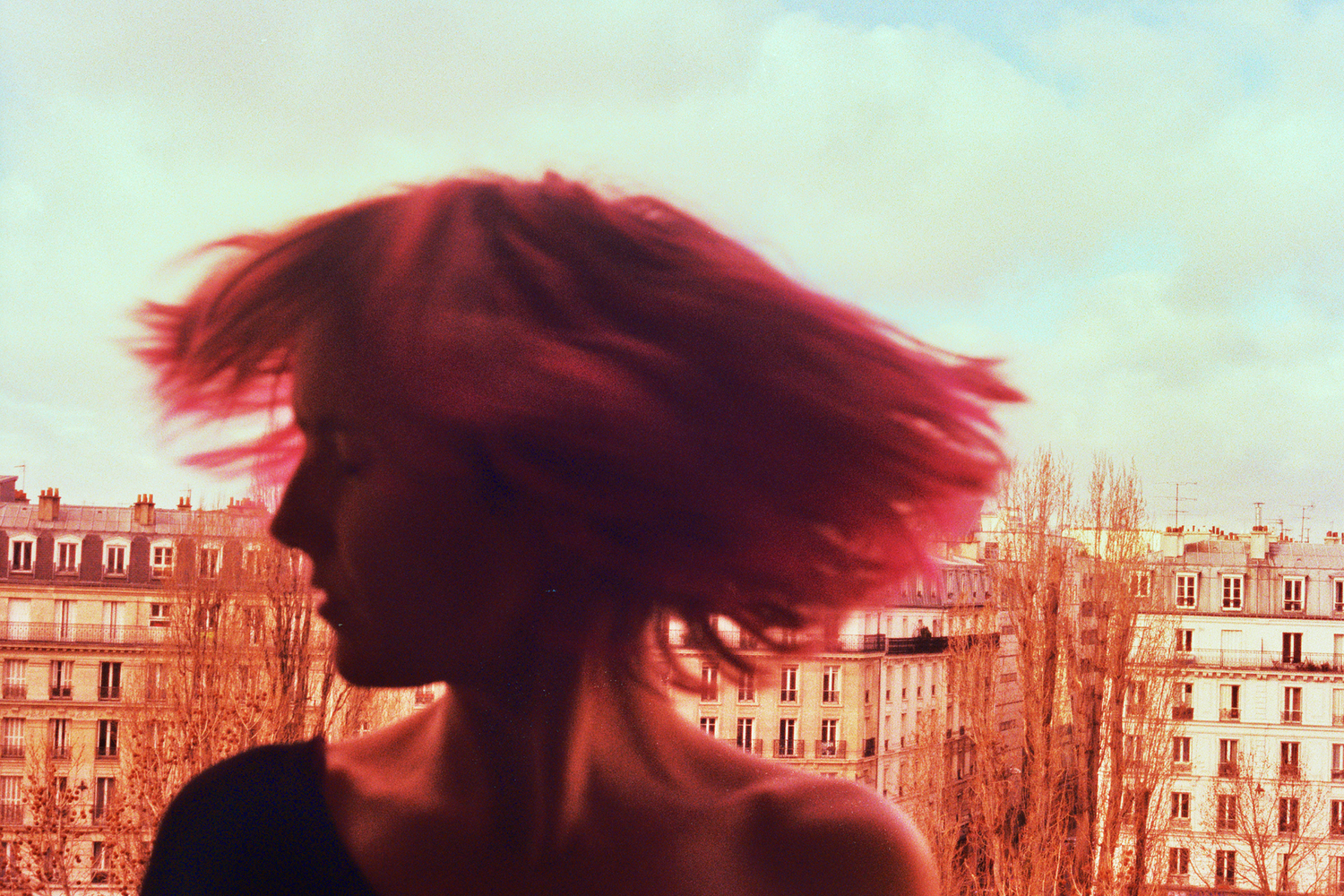

Sono radicata ma scorro, is a series of 8 c-print photos I shot between Berlin, Paris and Rome in Novembre 2015. Like in a fieldwork research all pictures are supported by an extract of my field journal referring to them. Exhibited at Shaping Clouds Popup Space, Berlin, April 2016
I experienced wind and light. I experienced simplicity. I experienced relationships and realized that the world is nothing but the product of the relations between me and others. Everything matters, Everything has a reason, a web of connections. In November 2015 I went to Marocco with the awareness that I, myself, was the starting point to build a travel journal. The physical structures – the external word – have been molded by emotional structures: the gashes of what is out of myself are soaked in my emotional position.
I paid attention to shades and small events, trying to get to the essence of things. I bumped into the ostentation of density, into the boiling life that runs in me.

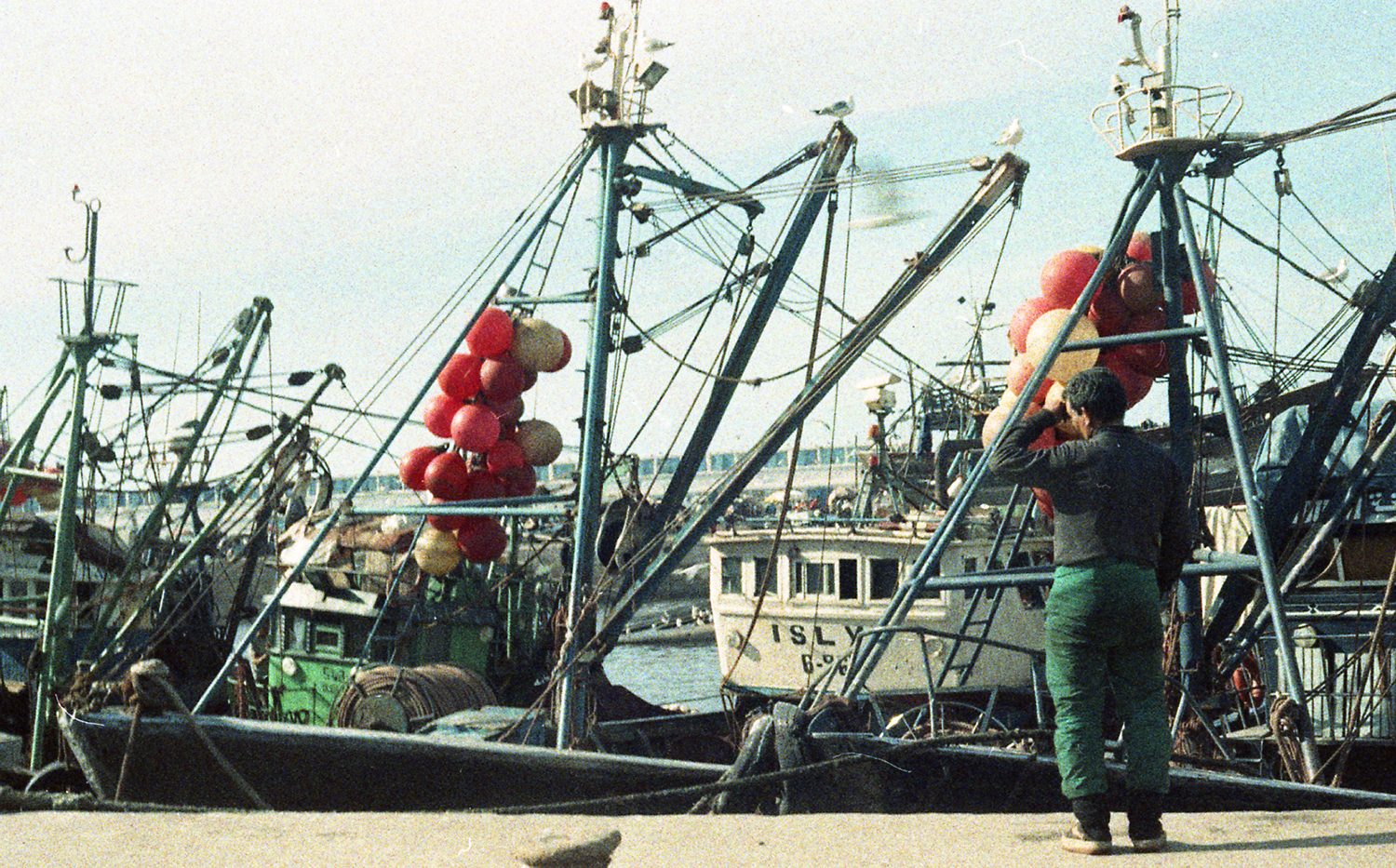




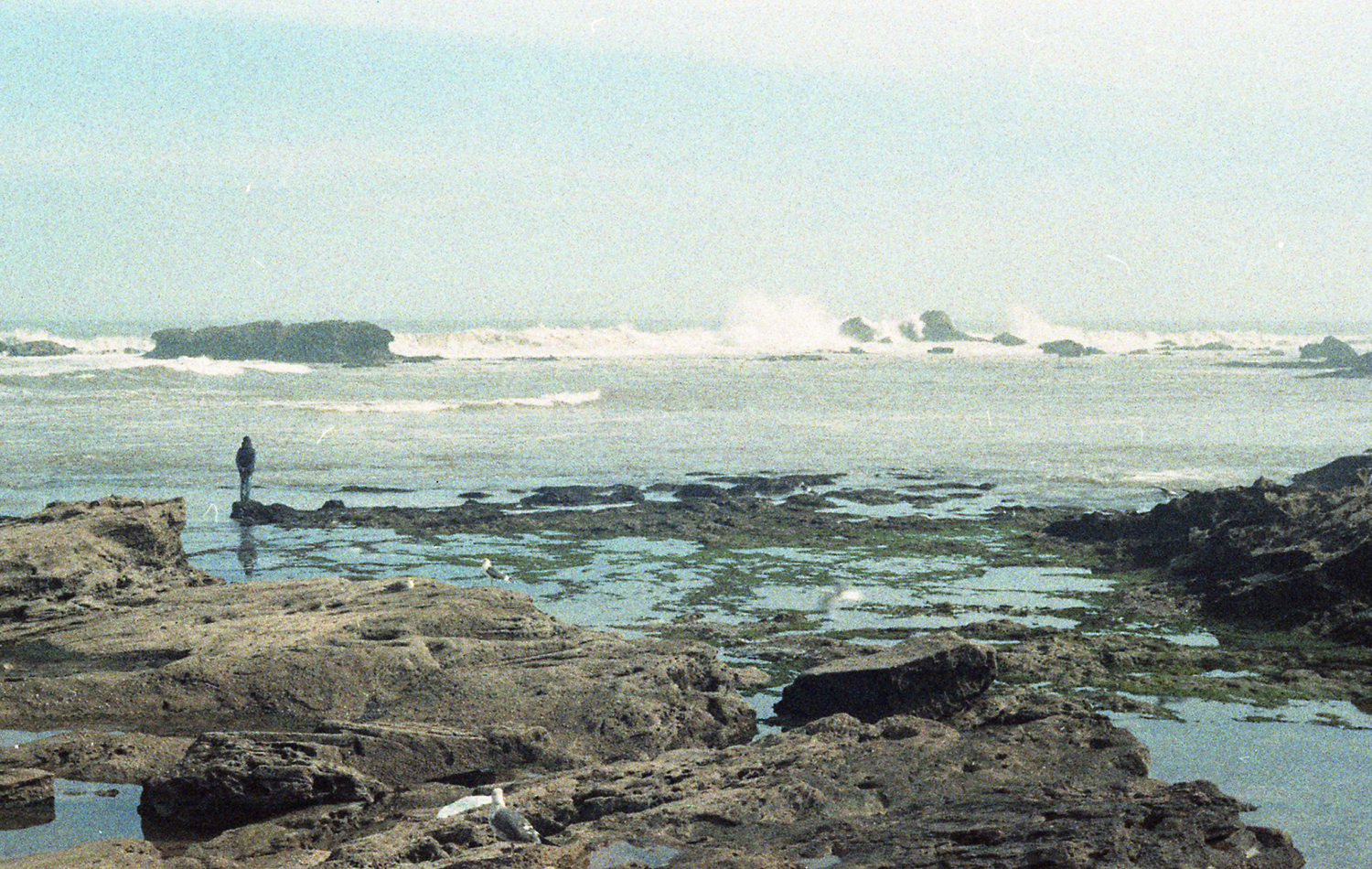
The work consists of 14 c-print photos 40x60. It binds a photograph to my studies in anthropology and starts from a strong reflection on my condition as a external viewer: starting from my personal experience I looked for a way to give form to the feelings that influenced my staying in Marocco.

After my grandfather's death there is a photo that moves me more than any other: there is my mother - she must be two years old - with pretty and plump legs in her white dress. Next to her sits my Grandmother, young and beautiful. She is smiling at her little girl and at her man, who must have rushed to be in the shot after having started the self-timer.
That man is my Grandfather…all blurred. After December 13th, 2013 I began looking at photography as a way to immortality, questioning myself about the cycle of life and death. I started wondering about the meaning of “Fragile”. I had to become familiar with small gestures and started to understand their meaning. I had to comprehend the passing of the time and how important sun and shadows are. I’ve learned that the most important thing is not to be afraid but to pay attention, to stop yourself and listen to your body growing.
I turned myself into a plant.
In the portrait photos of my 12 subjects, photography is just a medium to print their faces directly onto leaves. I see leaves as the symbol of the passage of time and the life cycle. The leaves were placed under vacuum thus blocking the natural process of decomposition.
I turned myself into a plant.
In the portrait photos of my 12 subjects, photography is just a medium to print their faces directly onto leaves. I see leaves as the symbol of the passage of time and the life cycle. The leaves were placed under vacuum thus blocking the natural process of decomposition.


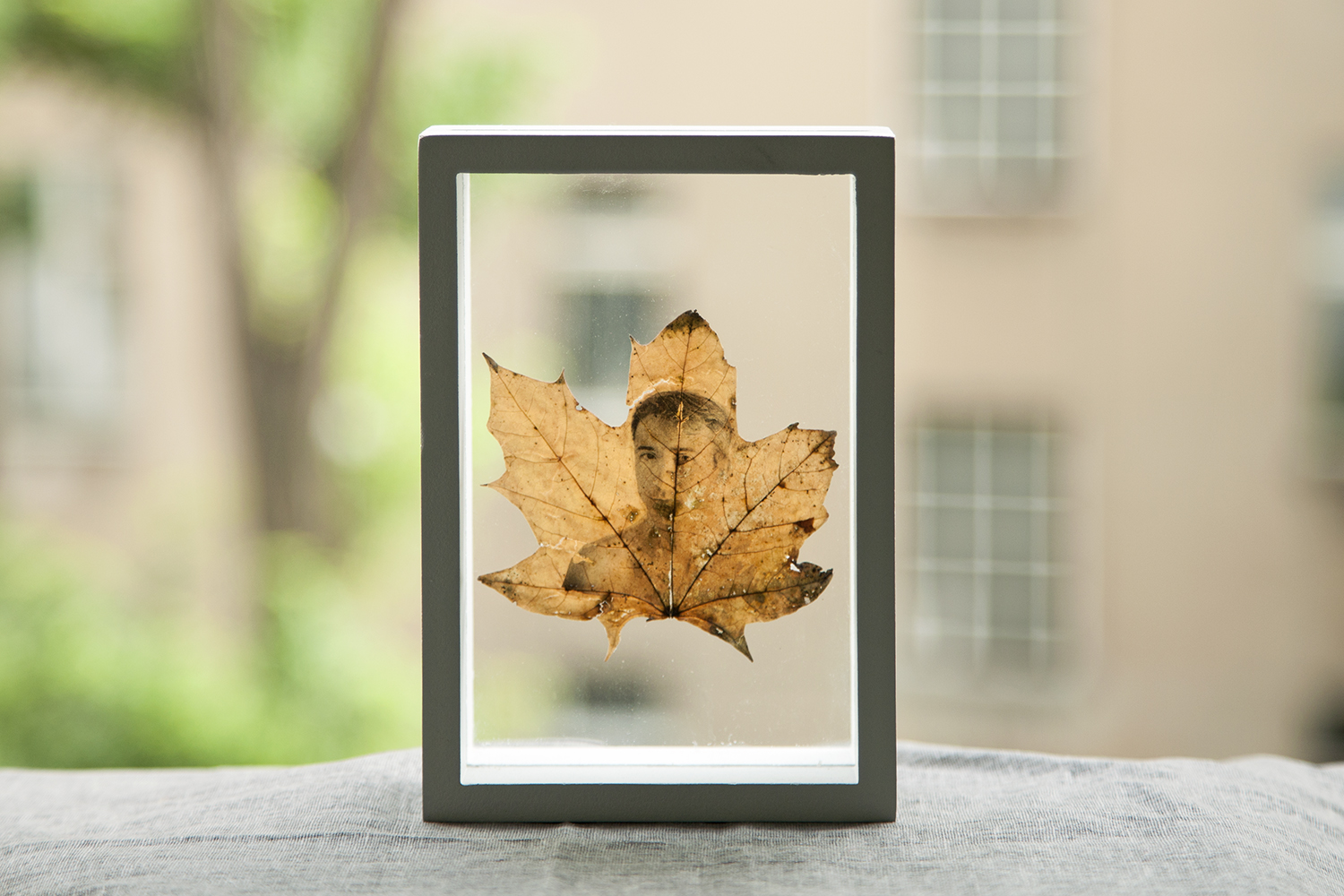




“Dear Grandma,
I have the feeling that my handwriting is becoming tinier every day in your absence and that my nostalgia is turning into the memory of the light that was seeping in your kitchen right after lunch.
I keep thinking about all the things I didn't get to say to you. In my heart I’m carrying the weight of a precious legacy built on an infinite joy of living.
We have the same hands and with these hands I embroider.”





Nonne e nipoti tries to compare two different generations of women in order to tell their stories from post WWII to present day.
In October 2016 I photographed six imaginary grandmothers and six imaginary granddaughters in their living rooms. I showed to the grandmas the photos of the six granddaughters, I asked them to pick one and to impersonate the young woman in the portrait, telling me what they think the life of a thirty-year-old woman today is about. Then, I asked to each granddaughter to look at the photo of the grandma who chose her and to imagine herself half-a-century later, at the age of a grandma.
The grandmothers and the granddaughters never got to know each other.
The embroidery I made on the photos wants to highlight the possible relations between two lives that will never meet.